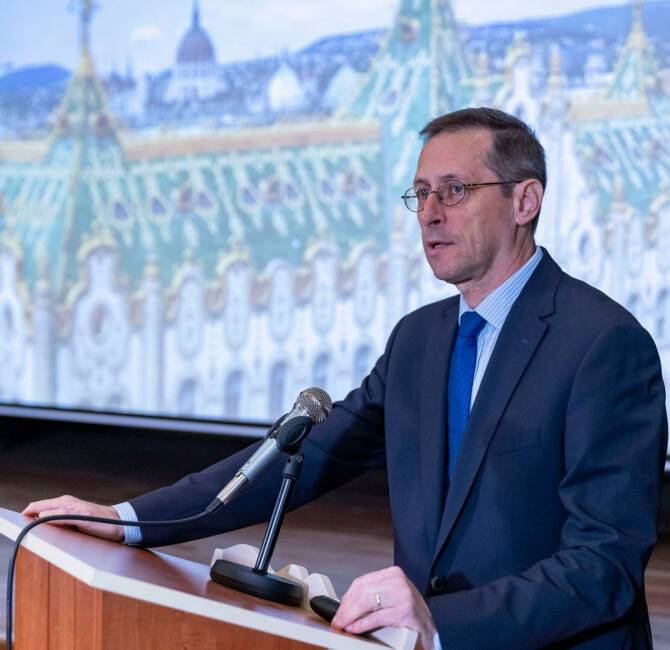Poland/Baltic states – Anticipating the full-scale Russian attack on Ukraine that began in the early hours of Thursday, 24 February, NATO had undertaken in recent days to reinforce its military presence in Poland and the Baltic states.
American military reinforcements in Poland
On Wednesday, 23 February, the United States transferred twelve AH-64 Apache attack helicopters from Greece to the Powidz base (south of Warsaw) in Poland, which is now on the front line between the Atlantic Alliance and the theatre of operations. Polish Defence Minister Mariusz Błaszczak welcomed the arrival of these aircraft with a message on Twitter:
“Today, American AH-64 Apache helicopters have landed in Powidz. It is additional support from the Allies in the face of Russia’s escalating aggressive actions.”
The U.S. Air Force also transferred eight F-35 fighters to Poland from Spangdahlem base in Rhineland-Palatinate, Germany. These aircraft will be stationed at the bases in Łask (the central part of the country) and Krzesiny (near Poznań).
… and in the Baltic states
On Tuesday, American President Joe Biden announced that he is sending 800 additional American troops and military equipment, including twenty AH-64 Apache attack helicopters, to Estonia, Latvia, and Lithuania. “Let me be clear. These are totally defensive moves on our part. We have no intention of fighting Russia. (…)
But we want to send an unequivocal message: the United States, together with its allies, will defend every square inch of NATO territory and honour the commitments we have made to NATO,”
he explained, believing – rightfully, as later became clear – that the Russian army’s deployment in the self-proclaimed republics of Donbass was only the prelude to a larger operation against Ukraine.
For its part, the United Kingdom had announced on 5 February that it was sending 850 additional soldiers to Estonia to reinforce the contingent of 1,200 British soldiers already stationed in this Baltic country bordering Russia. According to the British ambassador in Tallinn, Ross Allen, these troops, which were initially supposed to remain in Estonia until June, could stay longer if necessary, depending on the severity of the region’s security situation in the future.
In early February, the United States had also transferred an additional 1,700 troops to Poland and 1,000 from Germany to Romania.




